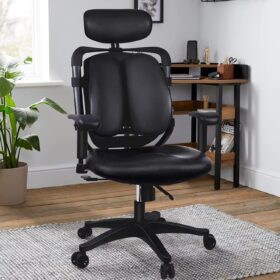K TAPE: TRICEP
This article will make a distinction between tricep muscle pain/weakness and tricep tendonitis. The tricep pain application is for tricep muscle pain and weakness.
Tricep Muscles Pain/Weakness – Pain and weakness refers to an injury of the triceps muscles and/or the nerves that innervate these muscles causing pain in the muscle belly and/or weakness of the muscle resulting in flexor dominance. This condition is explained more fully in this article.
Tricep Tendonitis – This condition is the inflammation of the triceps tendon that connects the tricep muscles to the back of the elbow. Pain is felt just above the back of the elbow and is generally caused by repeated strain or attempting to press too much weight, excessively forceful throwing motions, or falling on an outstretched arm (may be concurrently diagnosed with tricep muscle pain/weakness)
The triceps brachii muscle, Latin for “three-headed muscle”, is the large group of muscles on the back of the arm that is responsible for extension (straightening) of the arm. Each head of the muscle originates in a different location, but each of these inserts into the back of the elbow via the triceps tendon. For our purposes in this article, we will refer to all three triceps muscles as the “triceps”. Most often tricep injuries occur in males over the age of 25 who are involved in activities that require lifting or pushing heavy weight, or repetitive arm motions in sport or occupation.
COMMON CAUSES OF TRICEP MUSCLE PAIN OR WEAKNESS
Tricep pain and weakness can be caused by muscle tears, pinched nerves, ligament or tendon damage, attempting to lift or push too much weight, or landing on an outstretched arm – among others. Weight training, throwing sports, and contact sports exhibit the highest incidence of tricep injuries due to the excessive strain put on the muscle and its tendon. The muscle will be at risk of tears and strains if it is placed under repetitive stress or pressure in excess of preparedness.
TRICEP MUSCLE PAIN SYMPTOMS
Symptoms include loss of mobility in the joint, pain at the back of the elbow and arm, and possible swelling. The best way to avoid these injuries is to warm up properly and not progress to heavier weight too rapidly. Injuries due to trauma are mostly unavoidable, and can be treated conservatively in most cases.
HOW K TAPE CAN HELP
K Tape can provide support, reduce pain, and reduce swelling for many injuries*. Rest, ice after activity, light progressive stretching, and massage, as well as NSAIDs can help speed the healing process as well




